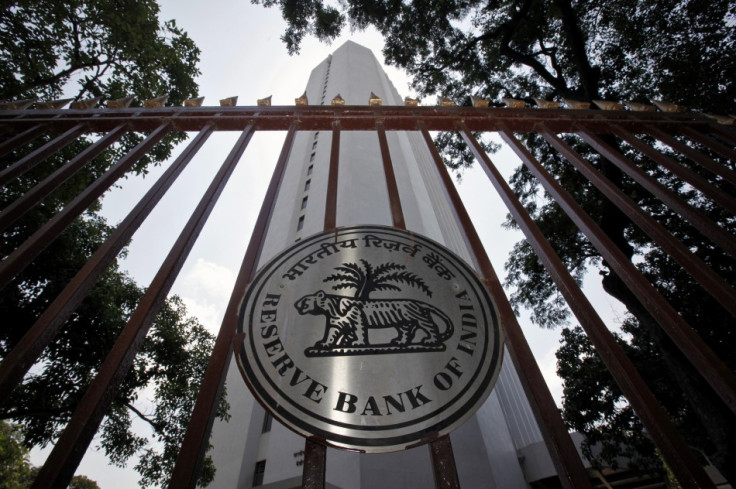India's Central Bank Unlikely to Cut Rates in July

An unexpected drop in factory output, a weaker rupee, lower exports and higher inflation could prevent India's central bank from cutting interest rates when it meets on 30 July, analysts claim.
India's industrial production dropped 1.6% in May, the first fall in five months, on lower consumer demand and capital investment in Asia's third largest economy. Consumer goods production dropped 4% year-on-year in May. Capital goods production, a barometer of investments in the economy, fell 2.7% from a year ago.
Government data from 12 June also showed higher food prices pushed up retail inflation to 9.87% in June, after easing three months in a row.
Furthermore, a weaker rupee, which hit a historic low of 61.21 to the US dollar this week, did not benefit exporters. Merchandise exports dropped 4.57% from a year ago to $23.79bn (£15.75bn , €18.21), falling two months in a row.
"The Reserve Bank of India (RBI) is unlikely to be in a position to cut interest rates at this juncture when the inflation is inching up and the rupee remains substantially weaker against the US dollar," said Aditi Nayar, a senior economist at rating agency ICRA.
"Both the data points (industrial production and retail inflation) are disastrous since these are pointing in two opposite directions which deepens the dilemma for policymakers," A Prasanna, an economist at ICICI Securities Primary Dealership, was quoted in a Reuters report.
"Structurally inflation is still high and so there will be a limit to how much (interest) rates can come down," Prasanna added.
The central bank left policy rates unchanged in June, after cutting them at each of its previous three policy reviews.
However, any further decline in the value of the rupee will further swell inflation, making it difficult for the RBI to cut policy rates this month also, according to analyst D K Aggarwal, who heads brokerage firm SMC Investors and Advisors.
India's rupee has been in freefall, losing 12% since April. It is the worst-performing emerging Asian currency so far in 2013.
The RBI stepped in this week to arrest the rupee's fall.
However, most analysts believe the worst is yet to come, according to Aggarwal.
Earlier, Barclays' discussions with policymakers suggested the RBI might have a preferred range for the rupee, even if it is not explicit about it. However, heavy-handed intervention is unlikely even if the USD/INR pair breach their desired range, according to Barclays.
© Copyright IBTimes 2025. All rights reserved.






















